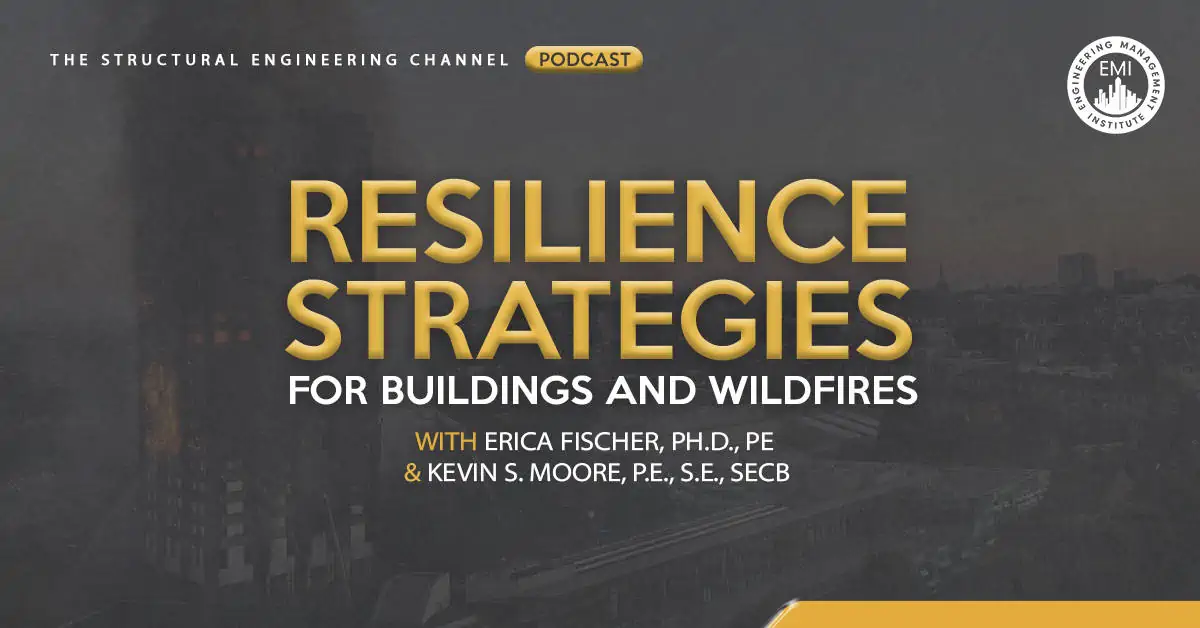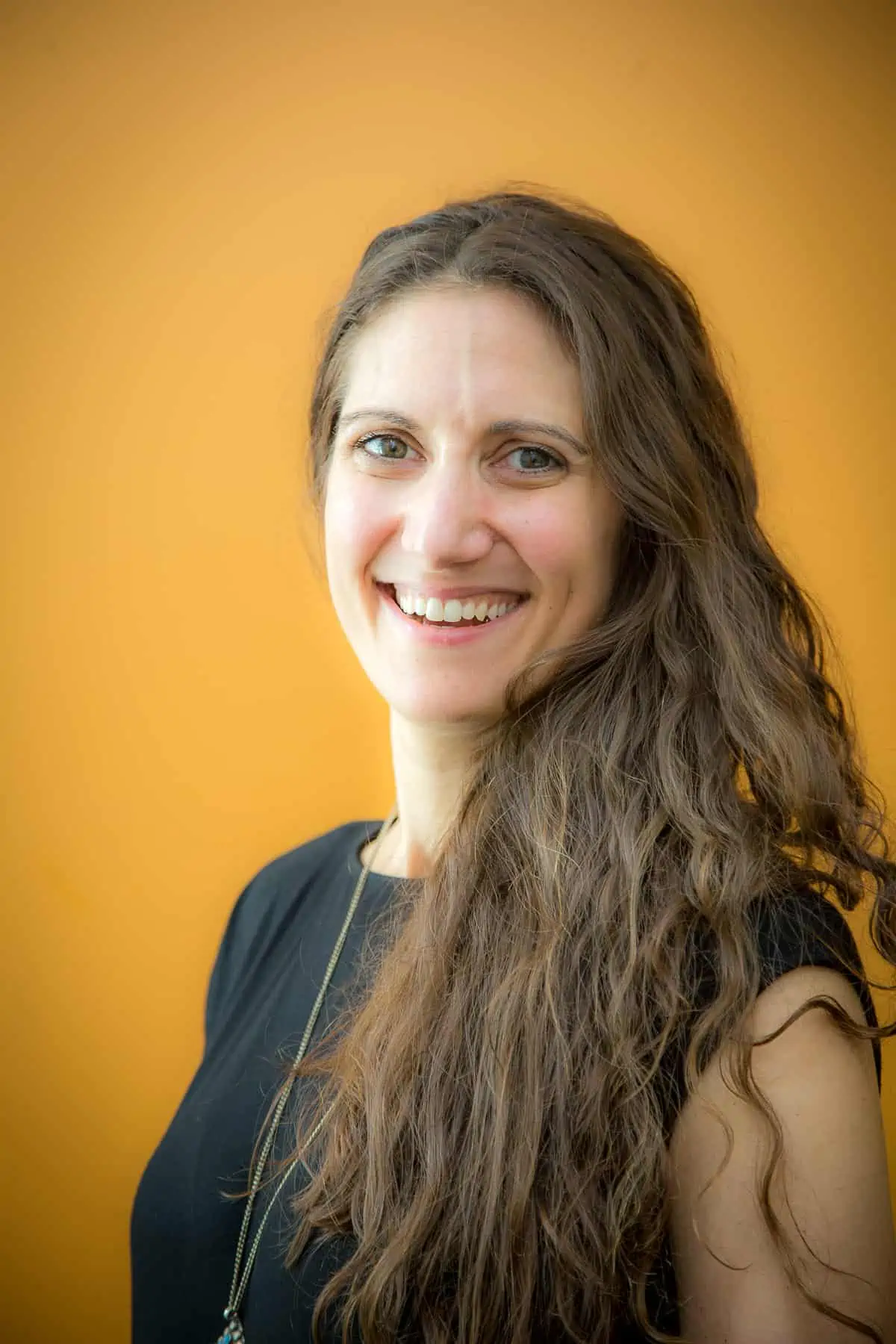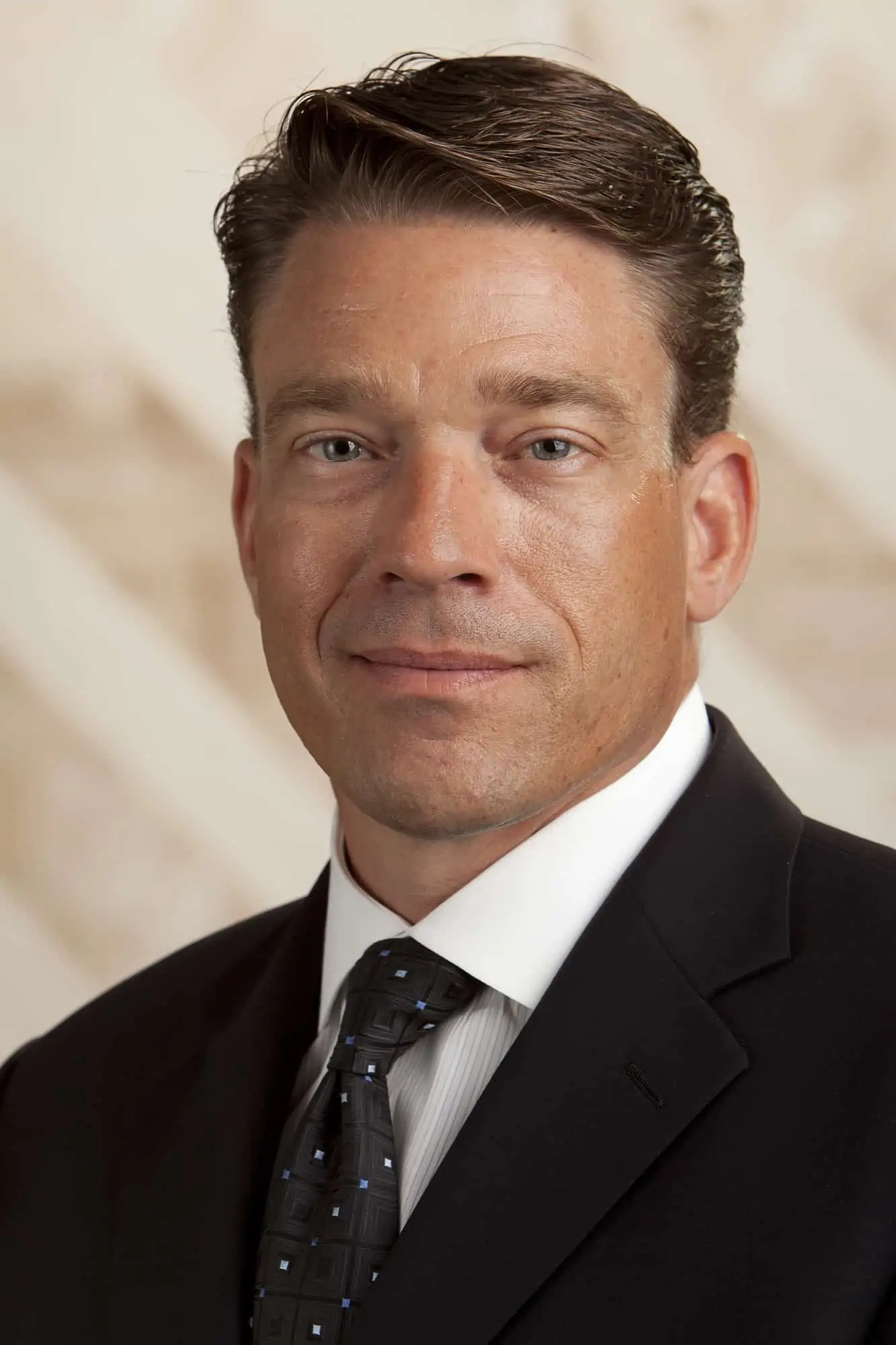Podcast: Play in new window | Download | Embed
In this episode, we talk to Kevin S. Moore, P.E., S.E., SECB, the Senior Principal/Division Head at Simpson Gumpertz & Heger, and Erica Fischer, Ph.D., P.E., an Assistant Professor at Oregon State University about resilience strategies for buildings and wildfires.
Engineering Quotes:
Here Are Some of the Key Points Discussed About Resilience Strategies for Buildings and Wildfire:
- Resilience is all about the recovering of a community after it is hit by some form of disaster. Structural engineers help with this by developing safe places for the community to gather during its recovery process. Structural engineers design life-safe buildings built to withstand large events such as earthquakes, floods, or hurricanes. These buildings do not collapse and damage the interior, which reduces the risk to occupants and the inability to recover.
- Our infrastructure is based on functionality where our infrastructure is performing a function for our community. When it does not provide that function, then we do not have resiliency. If a hospital does not have access to water, then it cannot be functional. The structures we design are built for a purpose in our community. We can design our structures not to fail, but we need to go the extra mile to ensure they can function after a disaster event, and still serve the community.
- You cannot design for sustainability when it has the potential to influence the response of the structure to function after a disaster event. Resiliency is how the infrastructure and structures can contribute to the recovery of a community. Sustainability has nothing to do with this and means to use the least amount of energy to develop the infrastructure.
- Many factors are contributing to the increase in wildfires. Policies now state that wildfires should only be extinguished if they threaten human life. It is because science has proven that wildfires benefit ecology, plants, and wildlife in the landscapes. We are now at the point where most wildfires threaten human life because of how the communities have grown and developed. Structural and civil engineers are not involved in wildfire resiliency which poses a big problem. They are involved with other disasters like floods and earthquakes which helps to calculate the risks for these other hazards. It is of utmost importance for them to get involved and apply their knowledge gained dealing with other hazards to wildfire hazards. Without civil engineers, there are few people with the knowledge of functional recovery and community planning.
- The National Fire Protection Association (NPFA) and the National Wildland/Urban Interface Fire Program are good resources for communities and engineers to start with wildfire resiliency strategies.
- To mitigate wildfires, you need to understand that wildfires can spread to a building by direct vegetation contact, embers, and radiative heat from surrounding structures. One of the best ways to mitigate these is to ensure there are no combustibles within 5 feet of the building. There is a further degradation of this clearing for 100 feet from the building. Doing this will then reduce the amount of fuel the fire has to burn. If a fire does not have fuel to burn, then it cannot burn.
- For those with homes in a high wildfire risk zone, we need to make sure that the communities understand what can happen if a wildfire occurs. It can help them to make plans to recover faster after the wildfire. These plans need to be made keeping in mind that there is a good chance that damage to the buildings can occur. Things like mitigation and the availability of aid must be planned ahead of time for the plans to be most effective.
- Structural engineers can get more involved in resilience strategies for structures by studying statistics and understand how math plays into your society. Get more involved in understanding risk, calculating it, and applying it to what you are working with.
More Details in This Episode…
About the Guests:
Erica Fischer, Ph.D., PE is an Assistant Professor of Civil and Construction Engineering at Oregon State University. Dr. Fischer’s research interests revolve around innovative approaches to improve the resilience and robustness of structural systems affected by natural and man-made hazards. She has participated in post-earthquake reconnaissance team missions in diverse regions including Haiti, Napa, California, Italy, and Mexico City; and post-wildfire reconnaissance in Paradise, CA. Dr. Fischer performs research on many different structural systems including steel, timber (CLT), composites (concrete-CLT and steel-concrete), and thin shells subjected to hazards such as earthquakes and fires. Dr. Fischer has experience as a practicing structural engineer and holds a Professional Engineering license in the states of Washington, California, and Oregon.
Kevin S. Moore, P.E., S.E., SECB, has experience designing, evaluating, analyzing, constructing, researching, repairing, and investigating healthcare, commercial, institutional, and residential facilities. He is nationally recognized in the field of seismic performance engineering with experience in California healthcare facility development, specializing in the seismic evaluation, design, and construction of general acute care hospital buildings. Kevin is also a recognized expert in structural steel design and construction, with unique experience working with special steel moment frames and buckling restrained braced frames. He is chair of the National Council of Structural Engineer Associations (NCSEA) Seismic Subcommittee to the Code Advisory Committee and is the NCSEA representative to the Building Seismic Safety Council.
Sources/References:
The National Fire Protection Association (NPFA)
National Wildland/Urban Interface Fire Program
Structural Engineering Life
Civil Engineering Entrepreneurs Series
TCEP 164: How to Effectively Measure Business Growth in Your Civil Engineering Firm
Project Management Accelerator – PM Skills Development Course
Engineering Leadership Accelerator – People Skills Course
Connect with Erica Fischer on LinkedIn
Connect with Kevin Moore on LinkedIn
Erica Fischer’s Website
Oregon State University
National Council of Structural Engineer Associations (NCSEA)
The Structural Engineers Association of Northern California
Structural Engineers Association of California (SEAOC)
Simpson Gumpertz & Heger Inc.
Why do you think we need better resilience strategies for buildings and wildfire?
Please leave your comments or questions in the section below on resilience strategies for buildings and wildfire.
To your success,
Matthew Picardal P.E.
Co- Host of The Structural Engineering Podcast









